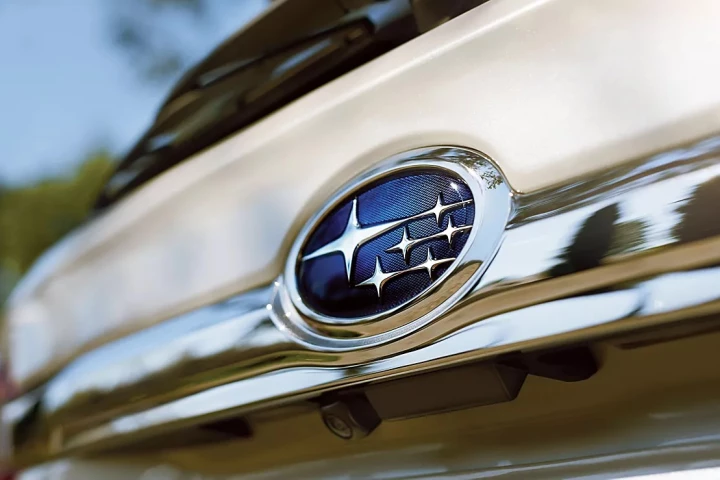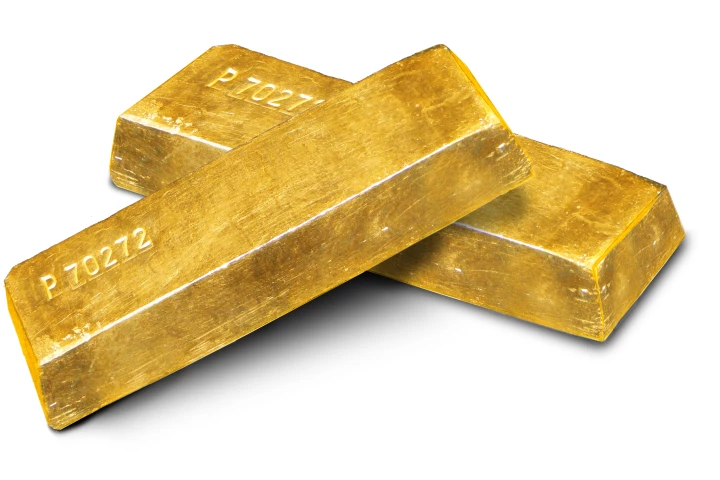Orthodontics don't tend to mix too well with self-sustaining undergraduate students, whose budgetary extravagances might extend to the odd double serving of instant noodles. But faced with crooked teeth and access to a 3D printer, digital design student Amos Dudley has taken matters into his own hands, straightening out his smile with a set of DIY plastic aligners.
While not totally dismayed at the state of his teeth, Dudley says they were crooked enough to make him self-conscious when smiling. So much so that he had started to avoid flashing his pearly whites altogether, something he felt was impacting his overall happiness. But without the money on hand for a professional orthodontic alignment, Dudley began to study up.
He came across an image of a name-brand aligner that appeared to bear the markings of a 3D printed product, which got him thinking, why not use the facilities at his New Jersey Institute of Technology (NJIT) to craft his own? After a careful reading of the professional process for orthodontic alignment he began to put his ideas into action.
This first step was to create an alginate mold of his teeth, which he then filled with liquid Permastone. After tidying up imperfections in the casting with a razor blade, Dudley then used a NextEngine 3D laser scanner to create a digital model of his teeth. From here, he created animations where each of the crooked teeth traveled into their desired positions.

This involved measuring the total distance each would shift and dividing it by the maximum recommended distance a tooth can travel per aligner. He then produced models for each of the separate steps in his alignment using a Stratasys Dimension 1200es in the lab at NJIT, which he said allowed him an x, y accuracy of under 1 mm (0.4 in).

After carefully labeling each of the models to make sure they didn't get mixed up, Dudley then used a vacuum forming machine and dental plastic to create his pathway to the perfect smile. After using a Dremel and sanding drum to smooth out the edges of the aligners, Dudley put his DIY dental devices to work.
"They're much more comfortable than braces, and fit my teeth quite well," he writes on his blog. "I was pleased to find, when I put the first one on, that it only seemed to put any noticeable pressure on the teeth that I planned to move - a success!"


Dudley has now been wearing the aligners 24 hours a day for 16 weeks, only taking them out to eat. He says they also work well as whitening trays and prevent teeth grinding throughout the night. Judging by the before and after photos, the results are certainly impressive. Though Dudley will not be taking orders for his orthodontic aligners, his successful (and brave) approach to crafting the cheap dental device could well make a few in the cosmetic orthodontics industry a little uneasy.
Source: Amos Dudley's blog








